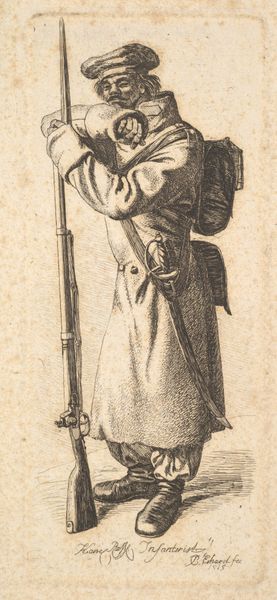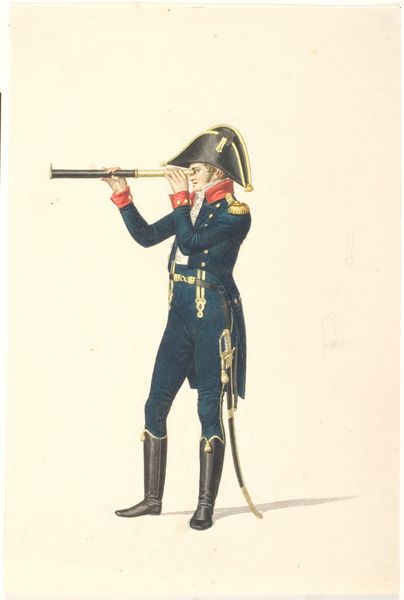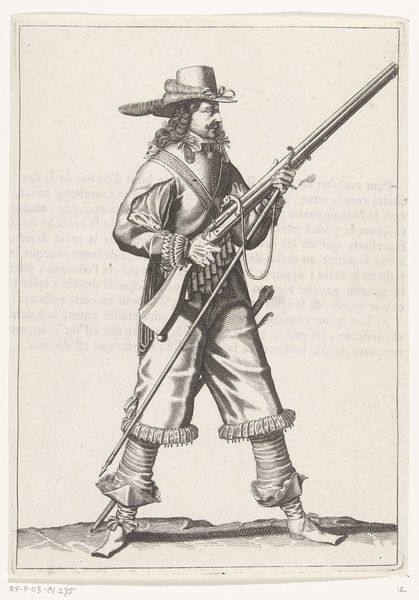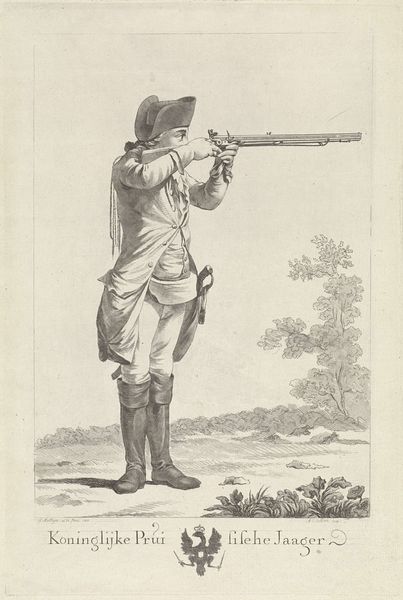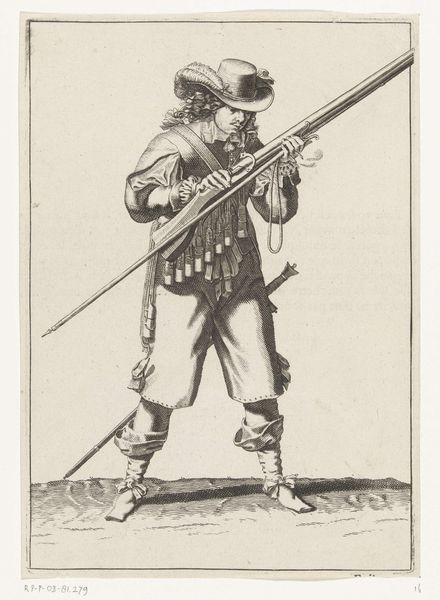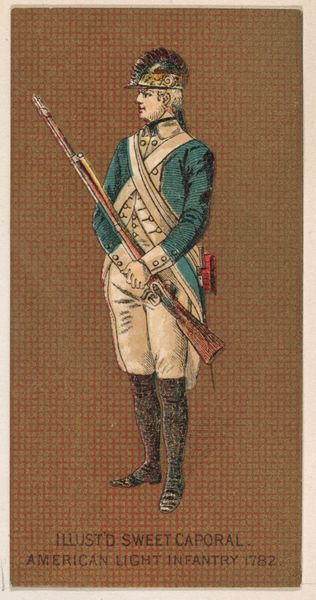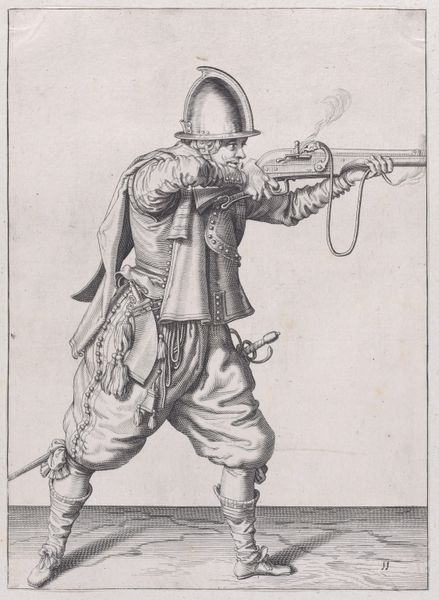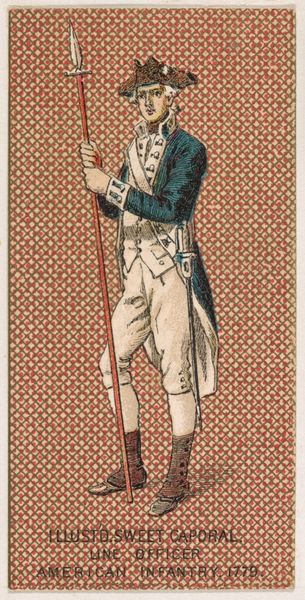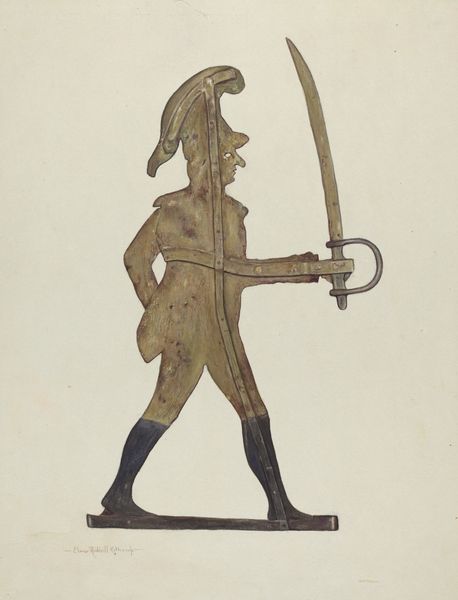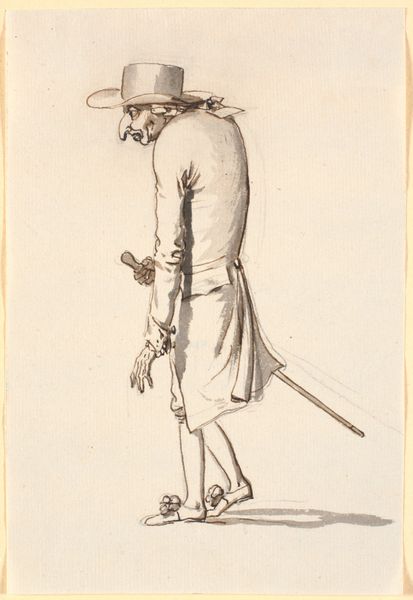
metal
#
baroque
#
metal
#
history-painting
Dimensions: length 27.8 cm, length 13 cm, diameter 9.8 mm, weight 705 gr
Copyright: Rijks Museum: Open Domain
Curator: Look at this fascinating object – it's a four-barreled flintlock pistol, crafted around 1660 by Cornelis Coster. It is currently housed here at the Rijksmuseum. Editor: It is striking – all that highly polished metal. Cold, intricate, with that almost delicate floral scrollwork juxtaposed with its inherently violent purpose. And the little animal, perched right on top! Is that a dog? Curator: It's fascinating to consider the layered meanings, yes. In its time, this pistol would have symbolized power and status in a deeply hierarchical society. Consider, too, the intersection of art and technology here, in how arms become sites for decoration, signaling how wealth becomes intertwined with expressions of dominance. Editor: It feels unsettling, thinking about violence dressed up so prettily, almost rendered as a spectacle for enjoyment rather than utility. One has to consider how baroque era violence was made glamorous to secure loyalty to empire, as has been since refined. I keep thinking about the intended user—who wielded this object, and against whom? Were they cognizant of such violence being fetishized through artistic details? Curator: Exactly, which opens a deeper socio-historical exploration. How did institutions of power employ artifice, literally gilding the apparatus of enforcement to reinforce social order? These luxury objects speak volumes about identity, about performing roles within an inherently inequitable system. This isn't merely metalwork, it is power rendered tangible. Editor: Precisely. It makes me consider the responsibility of institutions such as this to fully present the complexities embedded in an artifact like this – its violence, beauty, power – within the frame of a system of inequity. To render it inert by admiring craft alone is to neutralize historical dynamics and obscure urgent social truths. Curator: A potent observation. Reflecting on its place in the Rijksmuseum prompts examination of our present relation to history, prompting crucial contemporary reevaluation. Editor: Right. Thanks to careful and continuous scrutiny, we may yet transform objects of war into vital conversations around social responsibility and equality.
Comments
No comments
Be the first to comment and join the conversation on the ultimate creative platform.
